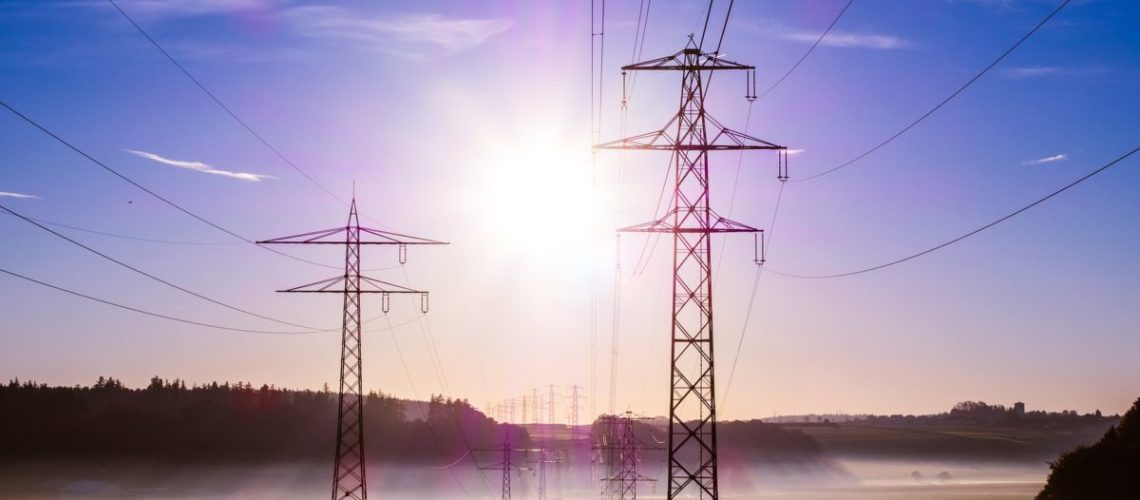Interconnection is widely seen as a bottleneck slowing solar deployment. Even so, three regional grid operators processed 25GW of utility-scale solar interconnection requests last year, an amount exceeding utility-scale solar installations in the entire US during the year.
Texas grid operator ERCOT processed 14GW of utility-scale solar interconnection requests last year, while grid operator MISO in the central US reported processing 6GW and California’s CAISO processed 5GW. Battery storage interconnection requests processed in the three regions were 6GW, 0.1GW and 7GW, respectively. The grid operators provided the data in response to a pv magazine inquiry sent to the seven regional grid operators.
Project developers have identified interconnection delays and costs as the biggest barrier for utility-scale renewables. The interconnection queue of grid operator PJM, for example, has stretched to nearly 300GW of renewables and storage projects, according to the trade group Advanced Energy Economy. Interconnection requests are handled by grid operators in seven regions across the US, and by utilities in other parts of the US.
ERCOT’s processing of 14GW of solar interconnection requests last year compares to its 8.3GW of solar capacity at year-end 2021.
MISO’s reported processing of 6GW of solar requests last year compares to its 1.3GW of solar capacity at year-end 2021, and the 6.8GW of solar that MISO expects to come online this year. MISO aims to shorten its timeline to reach an interconnection agreement from 505 days to as few as 373 days.
CAISO’s processing of 5GW of solar requests compares to its current 15GW of solar capacity. CAISO is now processing a larger cluster of interconnection requests and will release full interconnection studies for that cluster in late 2023, under a plan approved by federal energy regulators.
Across the three grid operators, which serve about 30% of the US population, the 25GW of solar interconnection requests processed compares to the 17GW-dc of utility-scale solar installed across the entire US in 2021, as reported by the solar association SEIA.
In response to pv magazine‘s request, ERCOT and CAISO provided data on solar and battery projects for which they completed a full interconnection study last year. MISO provided data on projects for which a generator interconnection agreement was filed last year.
After completing a full interconnection study, a grid operator hands off the interconnection request to the utility owning transmission near the project site. The utility and the project developer first enter a contract known as a generator interconnection agreement that spells out their respective obligations. The transmission owner then builds the infrastructure to connect the solar or battery project to the grid, at the project developer’s expense. Project developers are not required to proceed beyond the full interconnection study, and in many cases they do not proceed.
Data on the pace of processing interconnection requests may also be obtained by analyzing the interconnection queue dataset of each grid operator, a task requiring both talent and time to extract the relevant data. In the Southeast and much of the West, individual utilities have their own interconnection queues.



